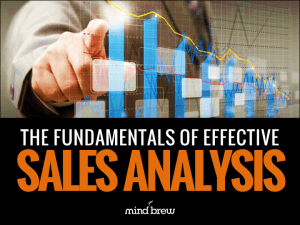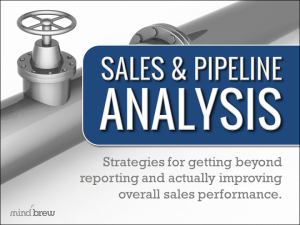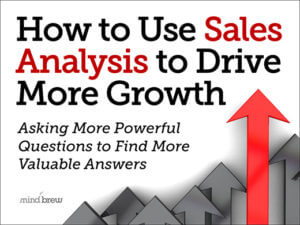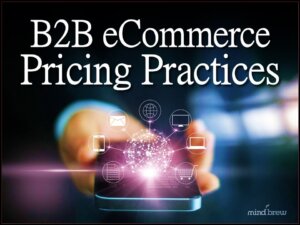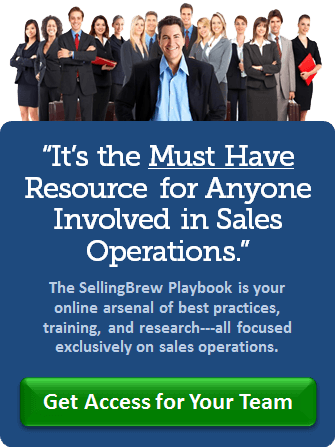Even seasoned Sales Operations professionals will sometimes confuse reporting and analysis. After all, reporting and analysis are both dealing with similar things, in similar ways. So, what’s the distinction? How is sales analysis different from reporting? And more important…why does it matter?
As we discuss in The Fundamentals of Effective Sales Analysis, true sales analysis differs from reporting in that analysis involves making judgments. While sales reports will show quantitative data that reflects what’s been happening, sales analysis is about making qualitative judgments about what the quantitative data is showing.
For example, a report can be generated to display relative performance between various customer acquisition efforts. Great! Now everyone who views that report will see an accurate representation of what’s been happening with those efforts.
But while this perspective is certainly valuable, true sales analysis will go further and seek to answer a few more questions. In addition to answering the “what’s happening” question, sales analysis should, at a minimum, also answer the following:
- What’s good and what’s bad? Taken alone, data and metrics cannot be viewed as good or bad…they are what they are. But through comparative analysis processes, we can determine which metrics and trends are “bad” (i.e. outside the norm, to the negative) and which are “good” (i.e. outside the norm, to the positive).
- How do we prevent the bad? Of course, the point of sales analysis is to change the outcomes that will manifest in the future for the better. To that end, an analysis will seek to understand why the negative outliers are occurring, whether those things can be fixed, or whether they just need to be scrapped.
- How do we emulate the good? To drive profitable growth in a big way, we not only have to fix or kill what’s not working, we have to emulate what is working. Through sales analysis, we want to understand why the positive outliers are occurring and how we can replicate and magnify them.
Obviously, reporting is prerequisite to analysis…because you can’t analyze what you can’t see. However, reporting alone leaves the readers of those reports to make their own judgments and draw their own conclusions, based on their individual biases, levels of understanding, and capacities for critical thought.
In sharp contrast, true sales analysis seeks to reach more accurate judgments and make more profitable recommendations, based on data and facts.

